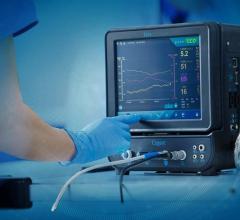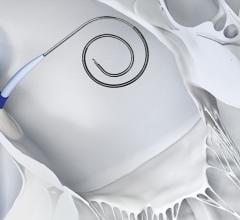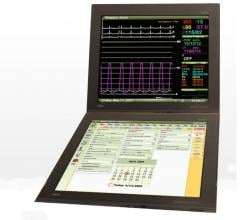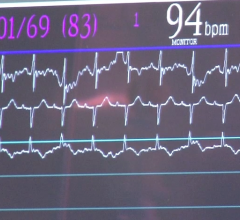
June 26, 2015 - Cheetah Medical announced that it is now offering the U.S. Food and Drug Administration (FDA)-cleared and CE-marked Starling SV hemodynamic monitoring system. The noninvasive system provides data for real-time clinical decision-making and optimized patient outcomes across a hospital's continuum of care.
Dynamic IV fluid-assessment using the Starling SV and the benchmark Cheetah NICOM systems allow noninvasive, real-time knowledge of whether a patient will be helped or potentially harmed by additional IV fluids.
The expansion of Cheetah medical's product line comes on the heels of results in three major clinical trials (ProCESS, ProMISE, ARISE), as well as updated sepsis guidelines from several organizations - all of whom updated their guidance to include dynamic measures of fluid responsiveness for patients with severe sepsis or septic shock.
IV-fluid responsiveness is also a major component of Enhanced Recovery After Surgery (ERAS), which is showing improved clinical outcomes for surgical patients.
The Starling SV system has a sensitivity of 94 percent and specificity of 100 percent for predicting IV-fluids responsiveness in critical care situations. The system predicts IV-fluids responsiveness similarly to invasive esophageal Doppler and other invasive modalities. In addition to predicting fluid responsiveness, it is one of the few technologies that allows clinicians to directly monitor the change in cardiac stroke volume with therapy. Starling SV may assist in reducing hospital length of stay (LOS).
Other benefits of the system include:
- Eliminates risk of infection and vascular damage associated with older, invasive technologies requiring arterial or central lines;
- Independently validated against pulmonary artery catheter;
- Accuracy not affected by vasopressors, inotropes, and shock states;
- Nurse-driven;
- Electronic medical record (EMR)-compatible, with the ability to establish a time-stamped patient record for documentation; and
- Provides continuous information on cardiac index, cardiac output, stroke volume index, stroke volume, total peripheral resistance and other parameters.
For more information: www.cheetah-medical.com


 November 14, 2023
November 14, 2023 





